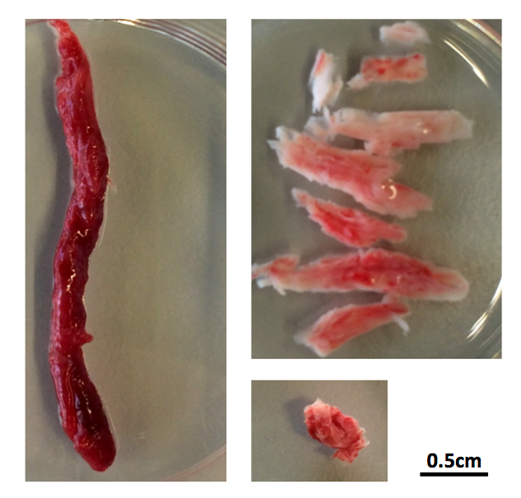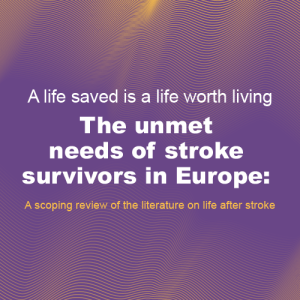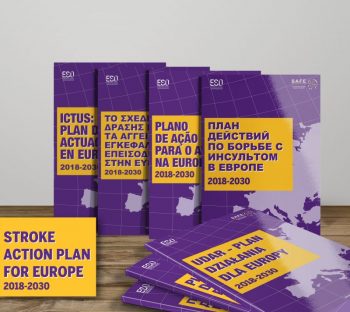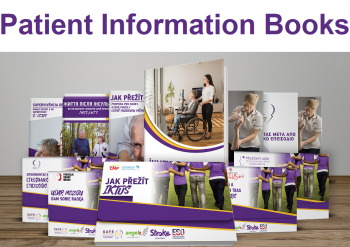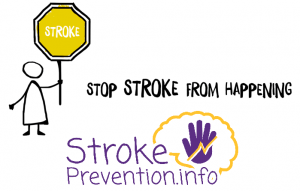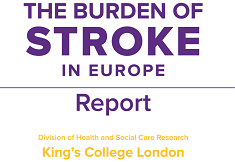 The EU funded TENSION project examines the effects of mechanical clot retrieval in a large group of patients in whom the benefit of thrombectomy is uncertain. TENSION studies if it is safe and effective to do thrombectomy in patients with so-called ‘extended lesions’, that is, larger areas of damaged brain when compared to the previous studies. Patients are also able to enroll in the trial up to 12 hours after their symptoms first showed. This extends the treatment to a larger group of patients: including, for instance, more of those who have a stroke during the night-time and are more likely to be delayed in getting to hospital. We interviewed Dr. Claus Simonsen from the Department Of Neurology, Aarhus University Hospital, Denmark.
The EU funded TENSION project examines the effects of mechanical clot retrieval in a large group of patients in whom the benefit of thrombectomy is uncertain. TENSION studies if it is safe and effective to do thrombectomy in patients with so-called ‘extended lesions’, that is, larger areas of damaged brain when compared to the previous studies. Patients are also able to enroll in the trial up to 12 hours after their symptoms first showed. This extends the treatment to a larger group of patients: including, for instance, more of those who have a stroke during the night-time and are more likely to be delayed in getting to hospital. We interviewed Dr. Claus Simonsen from the Department Of Neurology, Aarhus University Hospital, Denmark.
SAFE: If you were to explain the project’s aim to a person without any medical background, what would you say?
CS: Stroke treatment is advancing. The majorities of stroke are caused by an occlusion of an artery. Removal of the clot/occlusion means that the patient will do much better. If the clot is big, we can remove it with a catheter. This is a great idea, if the damage to the brain is small. If there is more advanced damage, we don’t know, if the patient benefit from removal of the clot. The project will try to prove, that these patients also benefit. Then we can treat and help more patients.
SAFE: What types of partner do you need to carry out a project like this?
CS: To be a partner in the project, you need to have a thrombectomy centre. And you probably need a relatively big catchment area. There are not many patients with advanced damage who at the same time fulfil all inclusion criteria. Your staff should have some experienced in trials and inclusion in trials. A research nurse would be very good.
SAFE: Can you briefly describe your role in the project?
CS: I am the PI (principal investigator) in Denmark. I am in contact with the trial managers and with the monitors in Denmark. I try to include more Danish centres in the trial. And I try to increase inclusion at my own centre by reminding colleagues about the trial.
SAFE: What (if any) are the difficulties with carrying out the work?
CS: Difficulties: To keep everyone informed about the project. To randomize patients that we (sometimes) would have treated. To get consent from relatives in a critical situation. (We randomize without consent in Denmark, but we need consent from the relatives for the patients to stay in the project.)
SAFE: What personally attracted you to be in this project?
CS: Acute stroke treatment is my big research interest. This topic (treatment of patients with big strokes and advanced damage) is one of the most interesting areas in stroke treatment.
SAFE: When this project ends, what do you expect to change, i.e. how it will reflect on stroke treatment?
CS: I think the project will be positive. (Otherwise, I would probably not contribute.) So I think we can treat more patients after the project is over. Or we will be more informed when we are making treatment decisions for this patient group.
The TENSION trial has received funding from the European Union’s Horizon 2020 research and innovation programme under grant agreement No. 754640.
Image credit: Frederik Denorme

